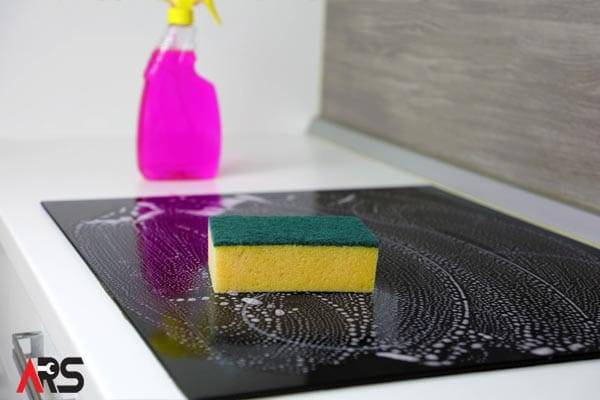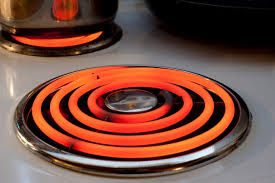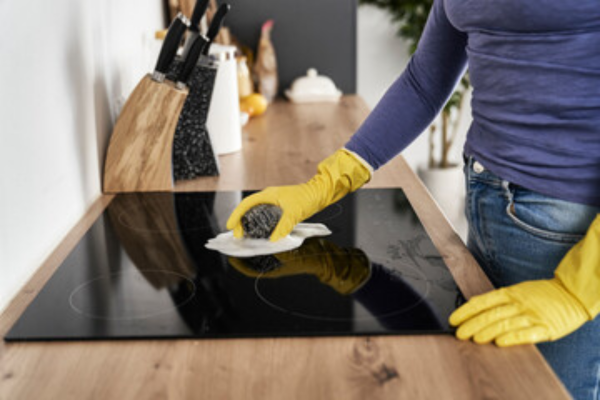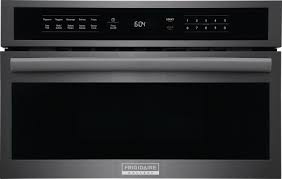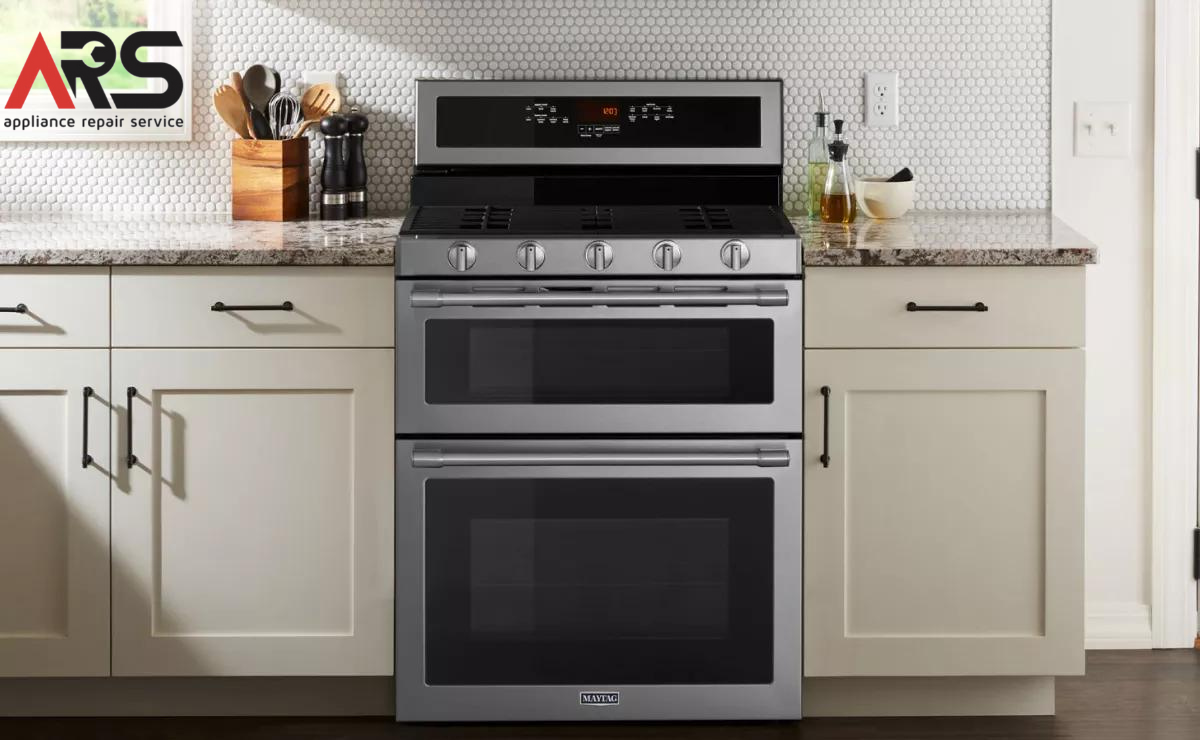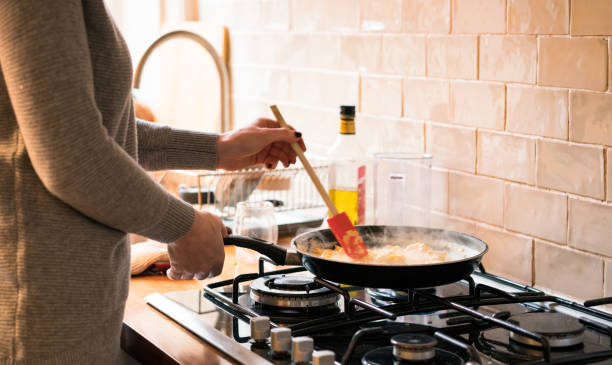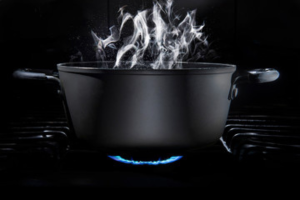
Why Is Your Gas Stove Flame Low? Here’s What You Need to Know
Gas stoves have been a kitchen favorite for years, offering instant heat, precise temperature control, and a reliable cooking experience. Unlike electric stoves that rely on heating coils or induction cooktops that use electromagnetic fields, gas stoves produce a direct flame, making them the preferred choice for many home chefs.
But what happens when that flame is lower than usual? A weak gas stove flame can slow down cooking, affect meal quality, and even signal an underlying issue that needs attention.
At ARS Appliances Repair Service, we specialize in diagnosing and fixing gas stove problems, ensuring your kitchen runs at peak efficiency. Before you reach for a repair manual or start adjusting your burner, let’s explore some of the most common reasons why your gas stove flame might be weaker than usual.
Is Your Burner Feeling Clogged?
If your flame looks smaller or uneven, food debris, grease, or dust could be blocking the burner ports. When gas can’t flow freely, your stove can’t perform at its best. A good cleaning might be all it takes to get things back to normal.
Could Gas Pressure Be Playing Tricks on You?
Sometimes, the issue isn’t your stove, it’s your home’s gas supply. Low gas pressure can be caused by external factors, such as municipal gas line maintenance, or internal problems like a faulty regulator. If your stove flame suddenly seems weak across all burners, gas pressure could be the culprit.
Is Your Stove’s Gas Valve Having a Bad Day?
The gas valve and regulator work together to ensure the right amount of gas reaches your burners. If either one starts acting up, your stove may not be getting enough fuel to produce a strong, steady flame. If adjusting the flame control knob isn’t making a difference, a deeper issue might be at play.
Does Your Stove Have Enough Air to Breathe?
Gas stoves require a precise balance of gas and air to produce an efficient flame. If the air shutter is misaligned, it can disrupt combustion, leading to a weak flame. Adjusting the air intake could make all the difference.
Could a Blockage or Leak Be Slowing Things Down?
A partially blocked gas line can restrict fuel flow, reducing flame height. In rare cases, a small leak can also affect gas pressure. If you ever notice a gas smell or hear a faint hissing sound near your stove, it’s best to shut off the gas and call a professional immediately.
Gas stoves are designed for efficiency, but like any appliance, they need proper maintenance to stay in top shape. If your stove’s flame isn’t as strong as it used to be, don’t worry, there are solutions. In the next sections, we’ll dive deeper into troubleshooting tips, safety precautions, and expert repair options to help you get your kitchen back to full power. Stay tuned!
Causes of Weak Flame on a Gas Stove
Exploring the Factors Behind Weak Gas Stove Flames
A gas stove is a cornerstone of any functional kitchen, offering efficient cooking solutions. However, when faced with a low flame issue, understanding the underlying causes becomes paramount.
Fluctuations in Gas Pressure: A Primary Culprit
Gas pressure fluctuations are a common cause of weak flame intensity. Insufficient supply hinders the stove’s ability to produce robust flame, resulting in longer cook times and energy inefficiency.
Gas Leaks or Blockages: Hindrances to Flame Efficiency
Leaks result in lost fuel, while blockages restrict flow, both reducing flame output and introducing serious safety risks. Regular inspections are key to detection and prevention.
Inadequate Air Supply: Impact on Combustion and Flame Quality
Without proper airflow, combustion suffers. Blocked vents or confined kitchen spaces can disrupt the gas-air mix, weakening flames. Keep ports clean and kitchens ventilated.
Regulator and Valve Issues: Impacts on Gas Flow and Flame Regulation
If flame adjustments don’t respond as expected, the regulator or valve may be malfunctioning. These components directly affect flame strength and need professional inspection if compromised.
Burner Problems: Disruptions to Gas-Air Mixing
Dirty or worn burners disrupt flame production. Over time, residue builds up and hinders gas-air mixing. Routine cleaning helps avoid uneven or weak flame issues.
Fuel Type Variations: Understanding Flame Strength Differences
Natural gas vs. propane? Energy content varies. Be aware of the differences and ensure your stove is configured for the fuel type in use to optimize performance.
The Consequences of a Low Gas Stove Flame
Safety Hazards: The Dangers of Inadequate Flames
Low flames pose safety risks, like poor combustion leading to gas buildup or carbon monoxide. The flame might go out unnoticed, leaving gas leaking into your kitchen.
Cooking Challenges: Impacts on Culinary Experience
A weak flame means uneven heat, poor caramelization, and longer cook times. Culinary quality suffers whether you’re frying eggs or baking bread.
Increased Gas Consumption: Wastage and Higher Bills
Longer cook times mean more gas burned. This adds up in your energy bill and increases your environmental footprint. Efficient flames save money.
Potential Damage to Stove Components
Low flames can cause soot buildup, strain regulators, and lead to premature wear of igniters and valves. Poor combustion damages key components over time.
Maintaining Gas Stove Performance
Keep your burners clean and vents clear. Watch for signs of wear and call for help if you notice inconsistent flame behavior. Ventilate your space properly. Preventive care saves time and money in the long run.
Safety Precautions While Using Gas Stove
- Ensure proper kitchen ventilation
- Check for gas smells or hissing sounds regularly
- Keep flammable materials away from the stove
- Turn off the gas when not in use
- Use flat-bottom pans to avoid tipping
- Keep children and pets away while cooking
- Install smoke detectors for added safety
Conclusion
Low flames aren’t just a cooking annoyance, they can indicate deeper safety or efficiency problems. If you’re experiencing inconsistent flame or reduced power, it’s time to act. Routine maintenance and occasional professional help can keep your stove safe and effective for years to come.
Get Professional Gas Stove Repair in Toronto and Southern Ontario
If you’re experiencing a weak flame or any other gas stove issue, ARS Appliances Repair Service is here to help. Located at 15 Connie Crescent #7 in Concord-Vaughan, we proudly serve the Greater Toronto Area, Southern Ontario, and Ottawa. Our team of experienced technicians will diagnose and fix your gas stove, ensuring optimal performance and safety.
Call ARS today and get your gas stove running like new!
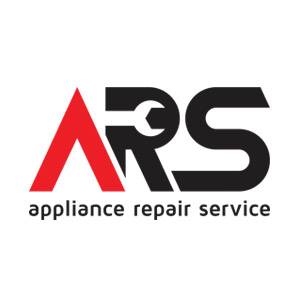
ARS Appliance Repair Service has been trusted across Toronto, Ottawa, and Southern Ontario for over a decade. Our licensed, manufacturer-authorized technicians specialize in repairing all major household and commercial appliances with genuine parts and warranty-backed service. From refrigerators and washers to ovens, dishwashers, and more, we restore appliances quickly, professionally, and correctly the first time, earning the confidence of homeowners and businesses throughout the region.
